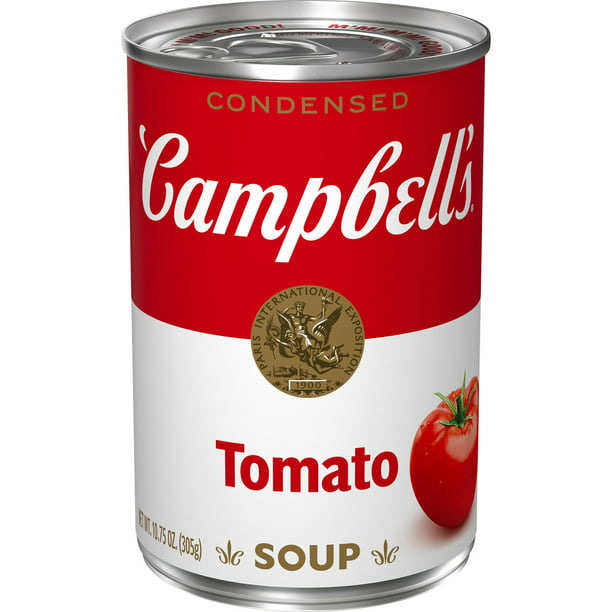The Campbell's Soup Inflation Index
or how a humble soup can reveals our modern privilege
[This is an updated version of last year’s original piece]
In 1900, Campbell’s condensed soup was three years old. It sold for 12 cents a can. Campbell’s even printed the price in their ads (a tactic for a less competitive era). Many brands did this, even though print ads appeared in magazines and newspapers that would lie around your house for months. S…
Keep reading with a 7-day free trial
Subscribe to Homo Imaginari to keep reading this post and get 7 days of free access to the full post archives.



